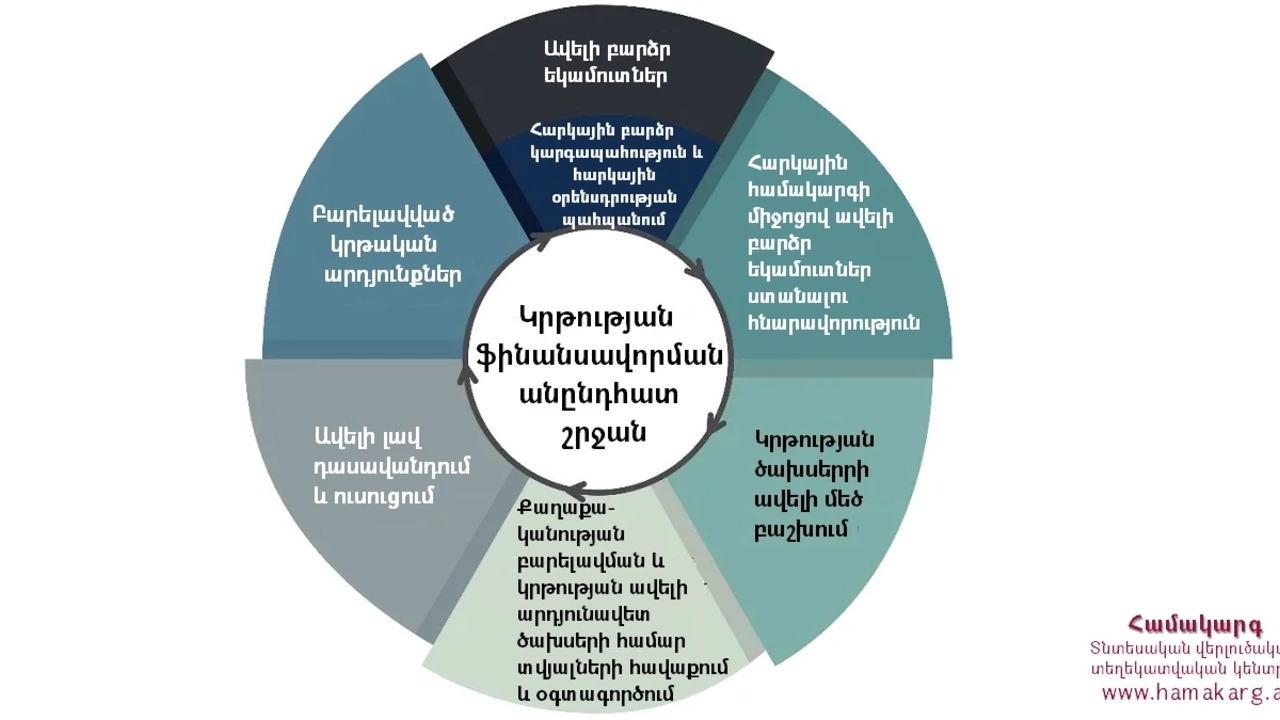
Understanding the Value of Higher Education
As we delve into the topic of how higher education could provide better value to students, it's crucial first to appreciate the current value that higher education offers. Higher education serves as a stepping stone to better job opportunities, personal development, and a more informed perspective on global issues. However, the rising costs of tuition, coupled with the changing dynamics of the job market, have raised questions about the true value of higher education. Students and parents alike are beginning to question whether the benefits outweigh the costs. So, let's explore how the system can be improved to offer more value to its primary beneficiaries - the students.
Enhancing Practical Skills and Competencies
The first way higher education institutions can provide better value is by focusing more on practical skills and competencies. While theoretical knowledge is vital, the real world demands more practical skills and competencies. Students need to learn how to apply theories to solve real-world problems. Therefore, colleges and universities should incorporate more experiential learning into their curriculum, such as internships, co-op programs, and hands-on projects. These experiences not only help students to gain practical skills but also understand the workplace environment better.
Emphasizing on Career Guidance
Another significant area where higher education can offer more value is through comprehensive career guidance. Many students enter universities with little to no idea about their career paths. Higher education institutions should take the responsibility to guide students in making informed career decisions. This could involve frequent career fairs, workshops, and seminars by industry professionals, and one-on-one career counseling sessions. By doing so, students will be better prepared for the job market and can make the most of their university education.
Lowering the Costs of Education
The high costs associated with higher education are a significant concern for many students. To provide better value, institutions should strive to make education more affordable. This could be done through increasing scholarships and grants, offering more affordable online courses, or even reducing the costs of textbooks and other learning materials. If students can access quality education without the burden of massive student loan debt, they will undoubtedly perceive their education as more valuable.
Integrating Technology in Learning
Technology has changed how we live, work, and learn. Higher education institutions should embrace this change and integrate technology into their teaching and learning processes. This could involve using digital platforms for virtual classes, incorporating modern tools and software in teaching, and using technology to enhance student engagement and participation. By doing so, institutions can prepare students for the digital age and the future of work.
Creating an Inclusive and Diverse Learning Environment
Lastly, higher education institutions should strive to create an inclusive and diverse learning environment. This means valuing the voices and experiences of all students, regardless of their race, gender, socioeconomic status, or other identity characteristics. By doing so, institutions can foster a sense of belonging among students, which can greatly enhance their learning experience. In addition, a diverse learning environment can prepare students to work in diverse teams and serve diverse populations in their future careers.
In conclusion, while higher education already offers immense value to students, there is always room for improvement. By focusing on practical skills, career guidance, affordability, technology integration, and inclusivity, higher education institutions can significantly enhance the value they provide to their students.





